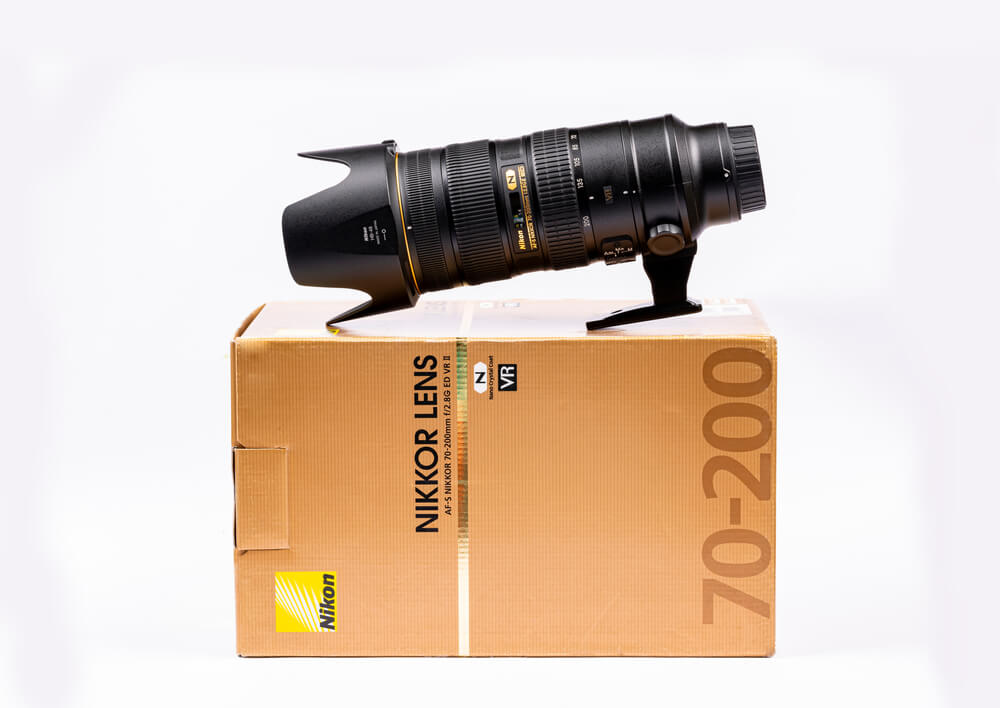The 70-200mm is a tried and tested focal length and has always garnered a huge cult following because of the sheer versatility of the lens. This focal length range is trendy, and people love the convenience of using a lens that covers some of the best focal length sweet spots. So, this lens covers 85mm, 105mm, 135, and 200mm focal lengths.
Because this lens is so popular, every manufacturer has at least one offering, with some manufacturers offering more than one option with varying maximum apertures. This particular lens provides a maximum aperture of f/2.8 across the focal length. The constant aperture ensures that when you change the focal length, there is no jump in the aperture and, consequently, no drop in the light.
Let’s quickly talk about the construction of the lens. This lens has a total of 21 elements arranged in 18 groups. That makes it a pretty complex construction to work with. It includes six extra-low dispersion (ED) elements, one fluorite element, and one short-wave refractive index element. Together these elements take care of chromatic aberrations and color fringing.
Along with that, the lens also has two aspherical elements. These elements take care of spherical aberrations and distortion.
Wide aperture lenses tend to suffer from the effects of ghosting and flares. This lens has been treated with ARNEO and NANO crystal coating to cut down on that issue. This improves the performance of the lens when working in difficult (such as backlighting and when the light source is in the frame) lighting conditions. More specifically, Nano crystal coating prevents light coming from a diagonal direction from affecting the exposure. ARNEO coating prevents light from coming from a vertical direction, affecting exposure.
Additionally, the lens features Super Integrated Coating on the elements that also prevents the effects of flares and ghosting and improves color accuracy and contrast.
There are four rings on the barrel of the lens. The first one from the bottom of the lens (closer to the lens mount) is the programmable control ring. Next comes the focusing ring and then the zoom ring. The fourth ring, closer to the lens’s front element, doesn’t do anything.
There is an OLED display on the barrel of the lens. This can be programmed to display either the focusing distance, the focal length, the aperture, control the focusing or do any other functions.
The focusing and the zoom ring are well-damped. The fly-by-wire technology of the focusing ring takes a bit of time to get used to. This is because the system does not function as it should, where it’s attached to the focusing motor using mechanical connections. It tends to move faster or slower (in a nonlinear movement) based on how quickly you turn the focusing ring.
A notable omission on the lens barrel is the absence of the image stabilization button. For some reason, Nikon hasn’t given that switch on the barrel. To turn on and off, you must dig deep into the lens menu.
Photographers! Sell your images on www.planetstockphoto.com













Comments